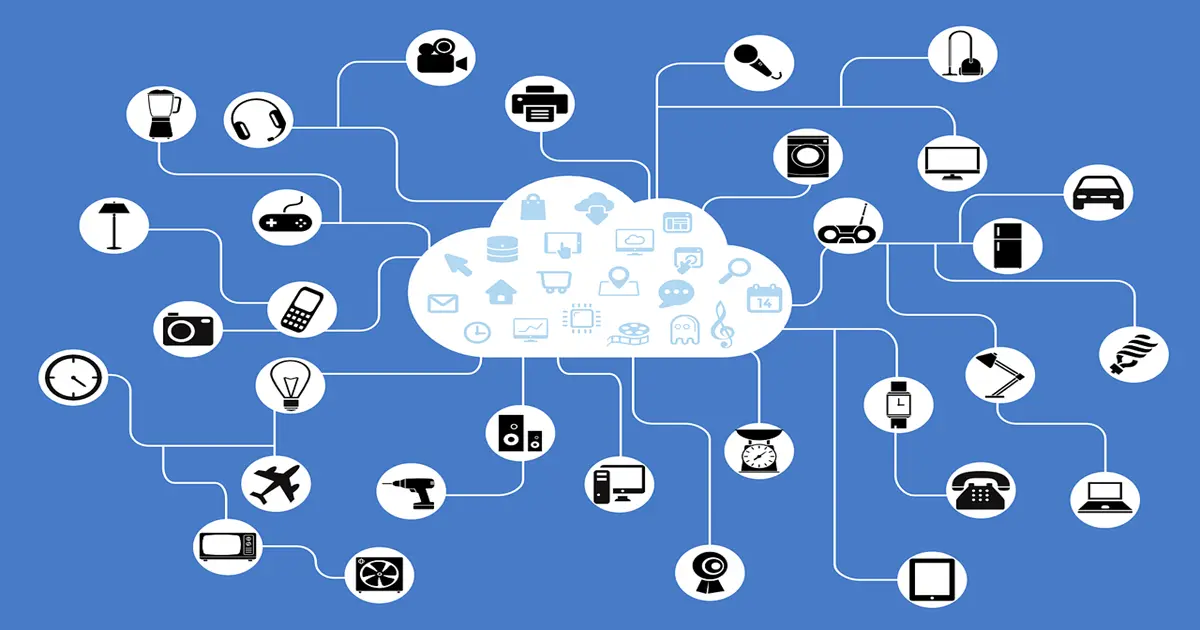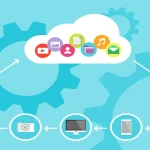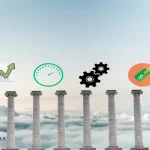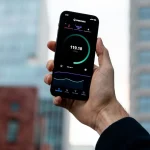The Internet of Things (IoT) is changing the way we live by connecting everyday objects to the internet. These devices can send and receive data, forming a network that improves convenience, efficiency, and safety. This technology is influencing nearly every part of our lives, from how we live at home to how cities operate. In this post, we explore how IoT affects daily life and the world around us.
Table Of Content
- Smart Homes
- Convenience and Automation
- Energy Efficiency
- Home Security
- Healthcare
- Remote Monitoring and Telemedicine
- Personalized Healthcare
- Transportation
- Connected Vehicles
- Smart Traffic Management
- Industrial Automation
- Predictive Maintenance
- Supply Chain Optimization
- Smart Cities
- Improved Public Services
- Enhanced Public Safety
- Conclusion
Smart Homes
Convenience and Automation
IoT brings real convenience into our homes. Devices like smart thermostats, lights, and security cameras can be controlled using smartphones or voice assistants such as Amazon Alexa or Google Assistant. These tools learn your habits and automate tasks like adjusting temperature, turning off lights, or locking doors. As a result, life becomes more comfortable and efficient.
Energy Efficiency
Smart homes are more energy-efficient thanks to IoT. For example, smart thermostats adjust settings based on whether people are home or away. Smart lighting systems switch off when no one is in the room. These changes help reduce energy use, lower utility bills, and support a more sustainable lifestyle.
Home Security
IoT has greatly improved home security. Smart cameras, motion detectors, and doorbell systems offer live monitoring and instant alerts. You can check your home remotely, get notified of unusual activity, and speak to visitors through your phone. These features improve both safety and peace of mind.
Healthcare
Remote Monitoring and Telemedicine
IoT has transformed healthcare with devices that monitor health remotely. Wearables and sensors track data like heart rate, blood pressure, or blood sugar. This information is shared with healthcare providers in real time. As a result, doctors can detect issues earlier, offer timely treatment, and reduce the need for in-person visits.
Personalized Healthcare
IoT makes personalized care more effective. It combines data from wearables, health records, and daily habits to help doctors tailor treatment to each patient. This approach leads to better care and improved health outcomes.
Transportation
Connected Vehicles
Vehicles are becoming smarter through IoT. They can share data with other cars and with traffic systems. For example, they might report an accident or traffic jam ahead. This helps drivers avoid problems and improves safety. In addition, self-driving cars depend on IoT to process real-time data and make decisions.
Smart Traffic Management
Traffic systems are also using IoT to become more efficient. Sensors and cameras monitor traffic flow and adjust signals automatically. Drivers receive updates about road conditions and the fastest routes. These improvements reduce congestion, save time, and lower vehicle emissions.
Industrial Automation
Predictive Maintenance
In factories and industrial settings, IoT helps keep machines running smoothly. Sensors monitor equipment and collect data about performance. If something starts to wear out, the system can alert maintenance teams before it breaks. This reduces downtime, cuts repair costs, and extends the life of equipment.
Supply Chain Optimization
IoT is also improving supply chains. It allows companies to track goods in real time. Sensors monitor the location, condition, and temperature of products as they move. This helps reduce delays, improve inventory management, and ensure better customer service.
Smart Cities
Improved Public Services
IoT is at the heart of smart cities. It helps cities manage resources more effectively. For example, smart streetlights adjust brightness based on pedestrian activity. Waste bins alert sanitation crews when they are full. Water meters detect leaks early. These systems make cities cleaner, safer, and more efficient.
Enhanced Public Safety
Public safety is also improving. IoT-based surveillance, emergency alerts, and connected infrastructure allow for faster responses to accidents and crimes. Even bridges and buildings can be fitted with sensors to detect structural issues. These tools make cities safer and more resilient.
Conclusion
IoT is changing how we live, work, and interact with the world. It improves comfort in our homes, brings innovation to healthcare, enhances transportation systems, and powers smarter cities and industries. As the technology continues to evolve, it will offer even more ways to create a connected, efficient, and sustainable future.
Understanding the potential of IoT helps individuals, businesses, and governments make better decisions. By embracing these tools, we can solve real-world problems and build a better quality of life for everyone.







